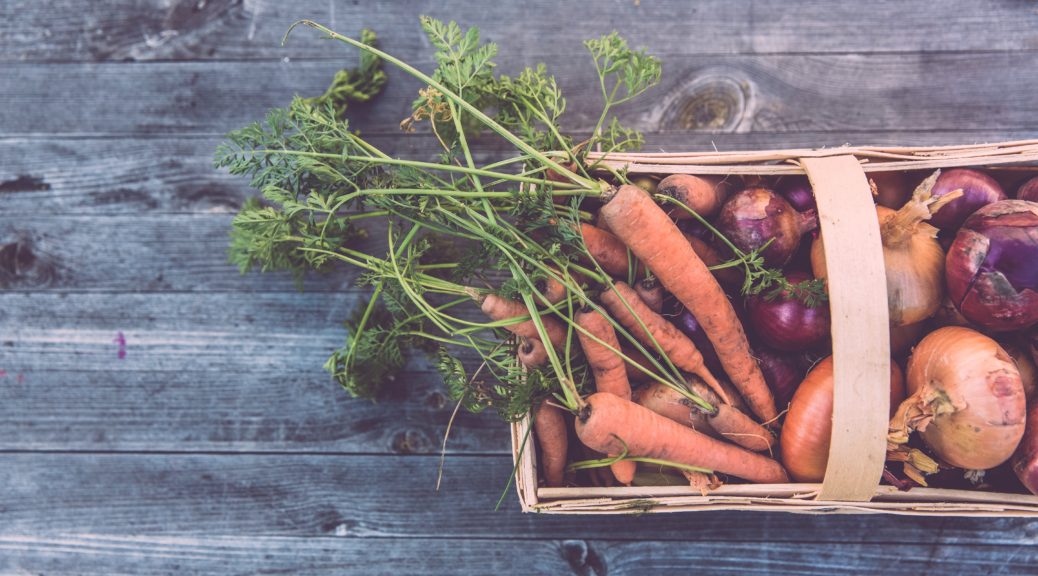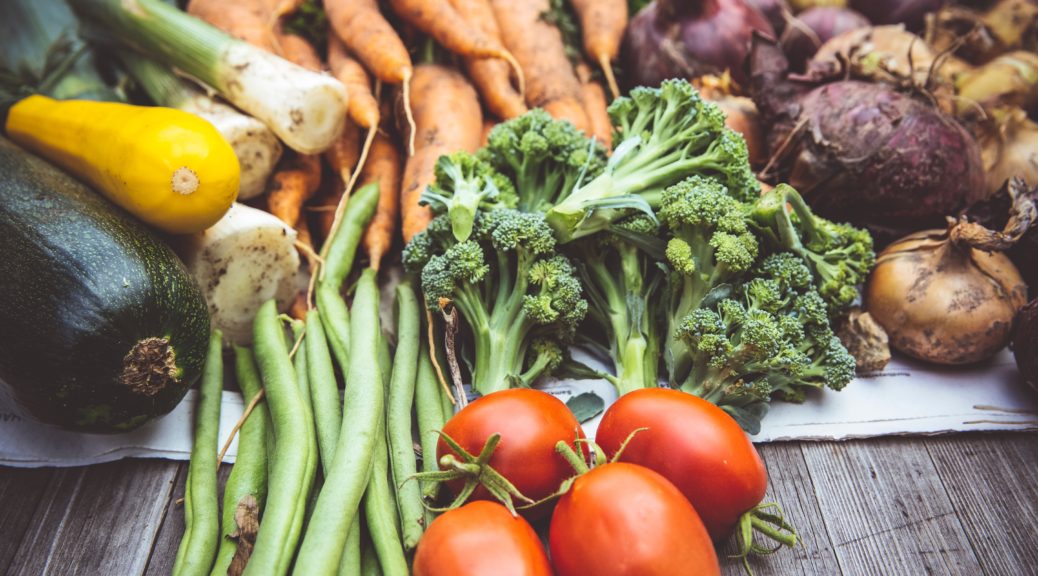As I sat down to write today’s Farm Fresh blog post—I wasn’t feeling wildly enthusiastic about the content I had planned. So, like all writers do when seeking some fresh inspo, I started reading.
I clicked through my emails and read the latest eNewsletter from local chef (and dear friend) Jackie Blevins of Perfectly Seasoned. Her Valentine’s Day Dinner menu features the choice of two different beef entrees that promise to fill her guests with love. That made me think about Heidi Dunkelberg’s latest venture, Grebleknud Meat Company. Heidi is undeniably one of Haywood’s most notable entrepreneurs and we’re incredibly excited to see how she grows her butcher shop.
Then there it was, “Why do we crave comfort food in the winter?” from our friends at Shady Brook Farm in Canton. This was the content that got me excited! Adam writes beautifully about childhood memories working alongside his Papaw on the farm while interweaving the science behind what we eat and why.
Without further ado, this week’s post lands squarly on the comfort of cooking inspired by one of my favorite chefs, a farmer/chef/brewmaster/entrepreneur turned butcher, and a local farmer whose connection to family endears our team to his work ethic, innovation and perseverence.
I have chosen a recipe that takes me back to the comfort food of my own childhood. My mother made a spectacular pot roast that she turned into a flavorful “Pot Roast Po’ Boy” sammy that hit the spot after school. Use our Pub Style Pot Roast recipe as a starting point to make your own generational memories.
Always local, always buy Haywood for the best flavors!
Tina Masciarelli, MLA
Buy Haywood Project Coordinator
PUB-STYLE POT ROAST
Recipe courtesy of Tina Masciarelli, Buy Haywood Project Coordinator
INGREDIENTS
4lbs local chuck roast, cut into 1 + 1/2 inch cubes
3 stalks celery, diced
4 carrots, chopped
4 sprigs fresh thyme + rosemary, finely chopped
2 medium onions, roughly chopped
4 cloves garlic, crushed
3 Tablespoons tomato paste
1 +1/2 cups of your favorite craft Porter or Stout – locally produced
Low sodium chicken or beef stock, at least 4 cups
Salt + pepper
Flour, as needed
Extra Virgin Olive Oil (EVOO)
STEPS OF PREPARATION
Preheat oven to 350 degrees
Dredge roast cubes in flour seasoned with salt + pepper. Add to Dutch oven with hot EVOO and brown on all sides. Remove and set aside.
Add carrots, celery, onions and stir to loosen brown bits. Add salt & pepper. Cook on medium to medium-high heat for 5 minutes. Add tomato paste, herbs and garlic. Cook for 3 more minutes, stirring frequently so garlic doesn’t burn.
Add 1/2 cup of your favorite porter or stout beer and stir to incorporate.
Return beef (and any liquid that has collected on the plate) to the pot. Add chicken or beef stock until meat & vegetables are covered. Salt & pepper again until well seasoned. Bring to a simmer and cover.
Place in preheated oven. Cook for 1 1/2 to 2 1/2 hours until done. Meat should be tender enough to be able to cut with the side of a spoon. Taste for salt & pepper, season if desired. Skim fat using a paper towel.
Serve over mashed potatoes, toast or polenta. Garnish with fresh chopped parsley.
Photo: Markus Spiske


